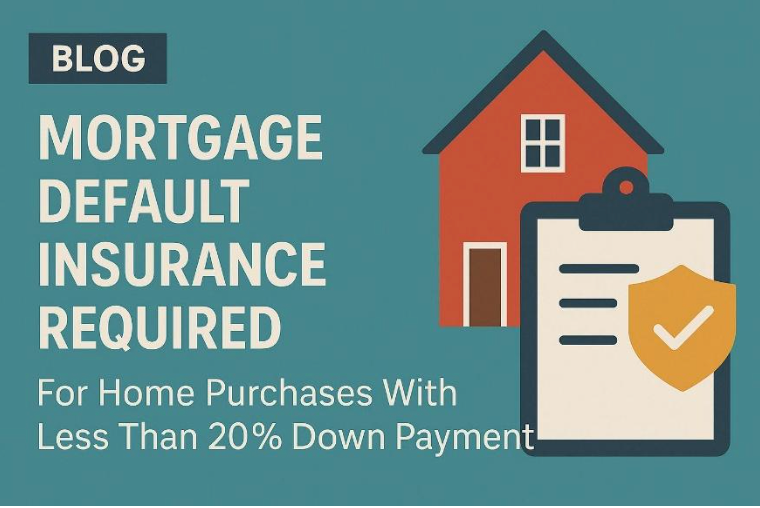Mortgage Penalties – Ouch… How Much??
Buying a home is both exciting and nerve wracking! Everyone's home purchasing situation is different, based on the 4 strategic priorities that every mortgage needs to balance:
- lowest cost
- lowest payment
- maximum flexibility
- lowest risk
The details in the mortgage contract can far outweigh the rate being offered.
When looking at a mortgage – Interest rates are very important, but even more important are the terms of the mortgage contract.
When I talk to mortgage clients – I explain the terms of the mortgage including the penalties associated with breaking a mortgage prior to the maturity date.
No one signs a 5-year mortgage contract expecting to need to break their mortgage.
Regrettably, life happens and 60% of homeowners, break their mortgage before it matures!
The penalty for breaking a fixed rate mortgage is usually the greater of 3-months’ interest, or the Interest Rate Differential (IRD) – whichever is higher !!!
In some cases, when your mortgage is very close to maturity, the 3-month interest penalty will be higher, but otherwise the Interest Rate Differential (IRD) penalty tends to be much higher than 3-months interest.
Variable rate mortgages usually use the 3-month interest penalty.
- Some variable mortgages offering lower rates, however, will use an IRD or, in some instances, are closed (you cannot break them) without a bona fide sale of the property.
- This is also the case for some niche fixed rate mortgage products.
With the Interest Rate Differential (IRD) penalty, there can be vast differences from one lender to another.
The IRD penalty is typically based on 4 things:
- The principal balance of the mortgage at the time you break it.
- The difference in the interest rate of the original mortgage and the rate the lender WOULD charge for the term closest to the remaining time on the mortgage
- i.e. if there are 21 months left on your mortgage, the lender will most likely use their 2-year term interest rate as the comparison rate.
- The number of months remaining in the mortgage term.
- The discount off the posted rate the lender gave you
- i.e. posted rate for 5 year fixed 5.29% when you got your mortgage
- The rate you got from the lender was 5.29% less 3.0% Discount = 2.29%
- The lender will use the discounted 3.0% when calculating the IRD
- i.e. posted rate for 5 year fixed 5.29% when you got your mortgage
Penalties for breaking your mortgage . Please check out this GREAT 3 minute video from the Globe & Mail explaining how Banks calculate mortgage penalties for both Variable & Fixed mortgages and how banks squeeze even more money out of their clients by giving discounts off their inflated posted rates VIDEO Drawing Conclusions: How much does it cost to break a mortgage?
When mortgage shopping, you need to consider the interest rate, along with the terms of the mortgage including:
- Confirm if there are prepayment privileges, or if it is a totally closed mortgage (except for a bona fide sale)
- Pre-payment privileges (10%, 15%, or 20%)
- Can you prepay throughout the year OR only on the anniversary date of your mortgage? Miss the anniversary date… too bad… so sad!
- How your lender calculates their Interest Rate Differential (IRD) penalties when breaking a mortgage
More information about mortgage penalties
· When it comes to mortgage break penalties, big banks are often the worst Globe & Mail Nov. 14, 2019
- Variable – 3 months interest approximately 0.5-1% of outstanding balance
- Fixed – Interest Rate Differential (IRD) – Banks/Credit Unions as much as 4-5% of outstanding balance based on their (inflated) posted rates
When you get a mortgage, no one thinks about breaking a mortgage and the penalties. Being educated about all aspects of a mortgage, can make a huge difference to your bottom line.
Let’s have a chat and find a mortgage that works for you, not the bank!







